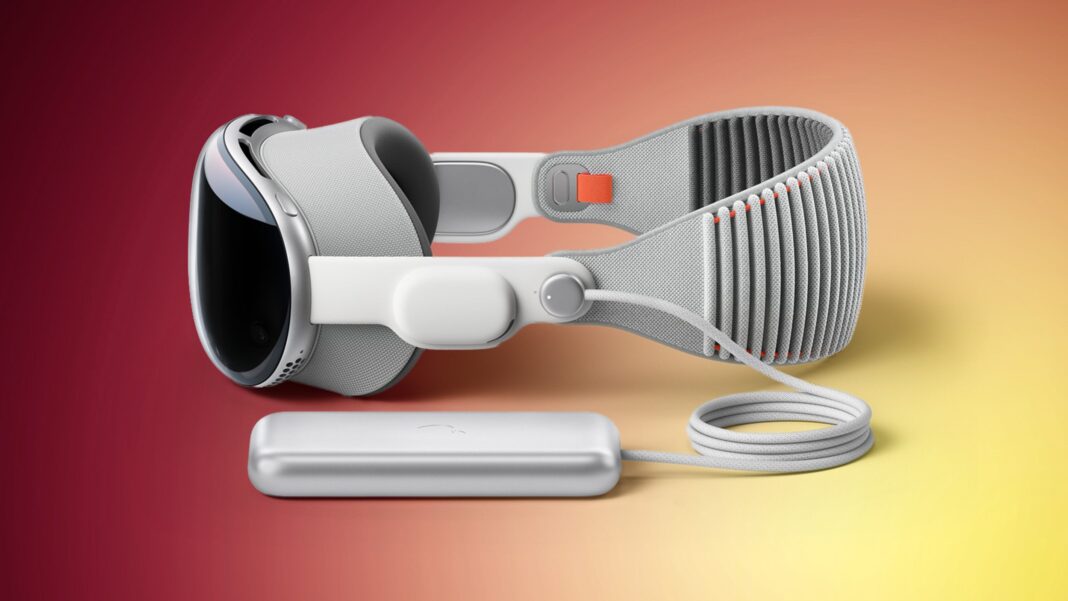Recent reports suggest that there are now no redesigned Apple Vision headsets in active development, with the company’s focus pivoting decisively to smart glasses.
When Apple announced the Vision Pro in mid-2023, it described the device as the dawn of “spatial computing,” a new paradigm that would eventually rival the iPhone in importance. With a $3,499 starting price, intricate design and brand new operating system, and a clear focus on premium early adopters, the headset was never expected to be mass-market from day one. Yet even by Apple’s standards, enthusiasm cooled far faster than anticipated, and the company’s once-ambitious multi-year roadmap has now all but collapsed, according to rumors.
Apple’s Original Plan
Soon after the launch of the Vision Pro, Apple is believed to have shifted focus to the “Vision Air,” designed to bring spatial computing to a wider audience thanks to a lighter, thinner, and dramatically cheaper headset.
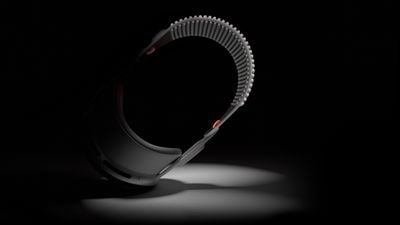

The target was to cut both weight by over 40% and price by around 50%, finally making mixed-reality viable for mainstream buyers. The Vision Air would use lower-cost display panels and simplified optics, while dropping some non-essential aspects and improving ergonomics.
At the high end, Apple reportedly envisioned a redesigned Vision Pro 2 to be launched sometime after the Vision Air’s debut, and that timeframe eventually slipped to 2028. This second-generation flagship would have featured a lighter, more comfortable design, more advanced displays, longer battery life, and a lower price point. The Air and Pro models together would establish a two-tier product structure, mirroring the iPhone, iPad, MacBook, and AirPods product lines.
The Roadmap Changes
By mid-2024, momentum around the Vision Pro seemed to be shifting, with plans for future products being reorganized.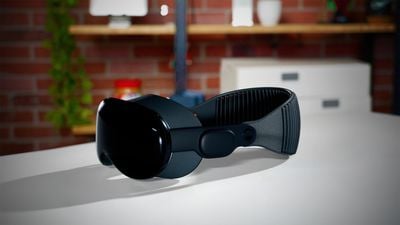

An essential report from The Information claimed that Apple had suspended development of the Vision Pro 2, redirecting its engineering resources to the cheaper Vision Air in hopes of accelerating its release. The company ostensibly recognized that the Pro’s combination of high cost, bulk, discomfort, and limited use cases had narrowed its appeal even among early adopters.
At the time Apple began work on the device, it sought to release it at the end of 2024, but it still did not have a firm prototype by the middle of the year. The company was said to have struggled to find ways to reduce the model’s costs without sacrificing too many features, with the target release date slipping to the end of 2025.
Meanwhile, by October, supply-chain leaks suggested Apple was winding down production of the original Vision Pro, citing weak demand and excess component stockpiles. The first-generation Vision Pro is believed to have ceased production at the end of the year.
Pausing Headset Development Entirely
This month, a bombshell report from Bloomberg said that Apple has also paused work on the lower-cost headset, the “Vision Air.” Apple apparently wants to speed up development on a glasses product to better compete with Meta.
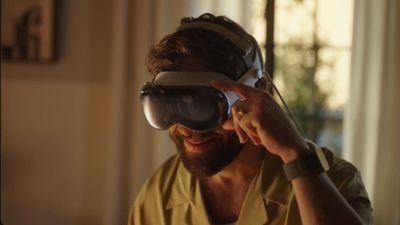

If reports from Bloomberg and The Information are true, development of both the Vision Air and the redesigned Vision Pro are paused, with no headset-class hardware in active development. While the company is unlikely to abandon spatial computing altogether, its next steps will almost certainly look very different from the headset it launched in 2024.
The M5 Vision Pro
Apple is about to debut its M5 family of chips, but today’s Vision Pro still uses an M2 chip from 2022.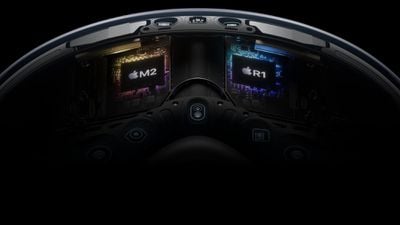

Apple is believed to have taken the decision to simply refresh the existing hardware with the M5 chip, potentially a second-generation coprocessor “R2” chip, and a new “Dual Knit” headband. This would enable it to keep the existing device up to date for a few more years, while making use of the stockpile of components left over from the first-generation model. This device is expected to launch in the next few weeks, even being leaked by FCC filings.
What Next?
The M5 Vision Pro should offer a reasonable update for users who like the device or potential customers who haven’t yet tried it, but it is still unlikely to enjoy mass appeal or a radically different experience. The device is likely to support the headset product line for a period of time, but it will eventually become an outdated model if Apple offers no successors.
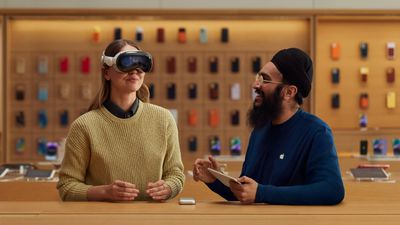

Apple is expected to launch its first smart glasses product as soon as next year, and it is possible that the company could resume work on the Vision Air and Vision Pro 2 once the glasses initiative is established. Nevertheless, Apple’s headset is likely to enter a peculiar place around 2027 to 2028, with old hardware on sale and no sign of a refresh or replacement model.
For now, visionOS 26 and the upcoming M5 refresh show that Apple is still committed to mixed reality headsets, but where the product line goes further in the future amid a sudden pivot to smart glasses and artificial intelligence is anyone’s guess.
First Appeared on
Source link

